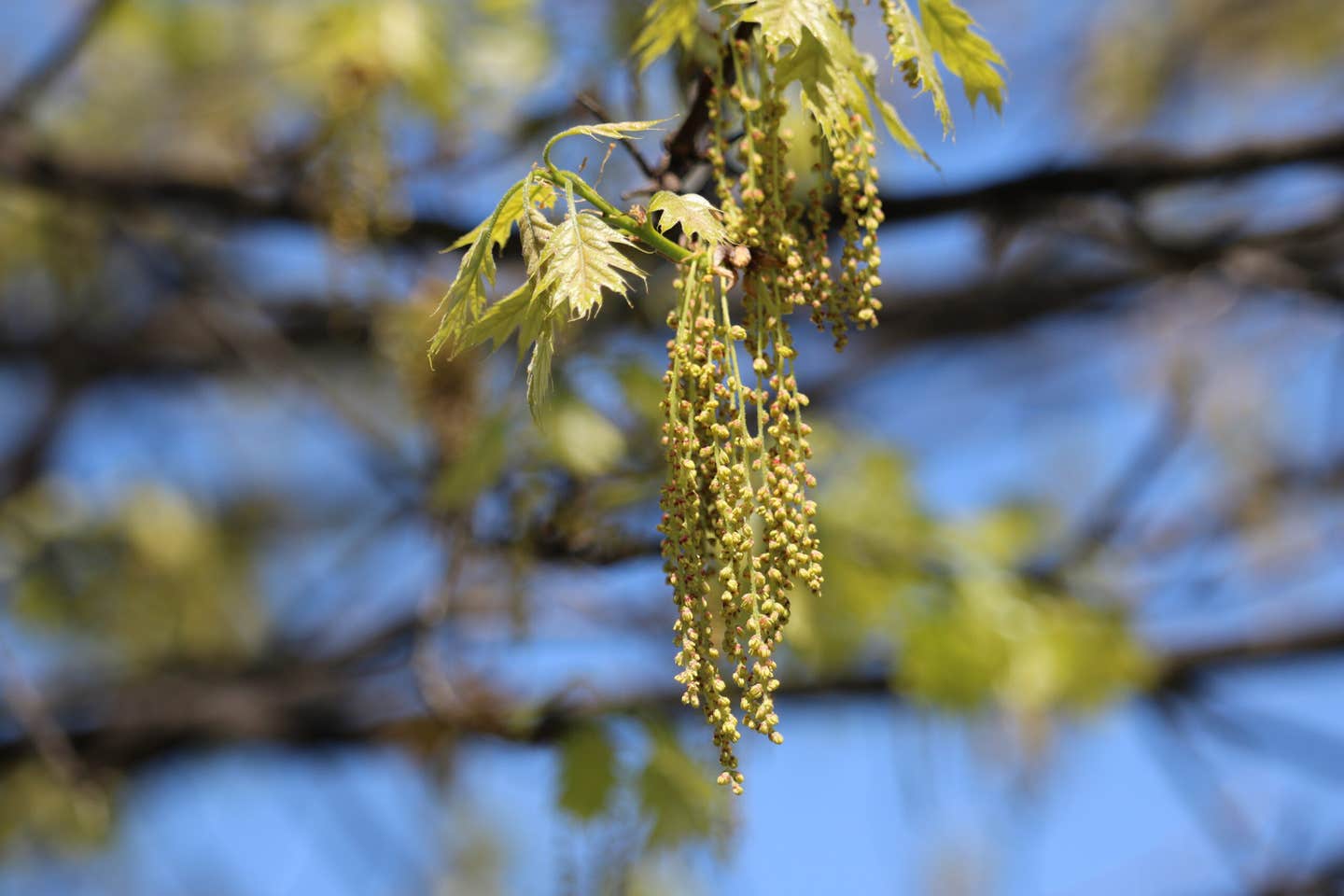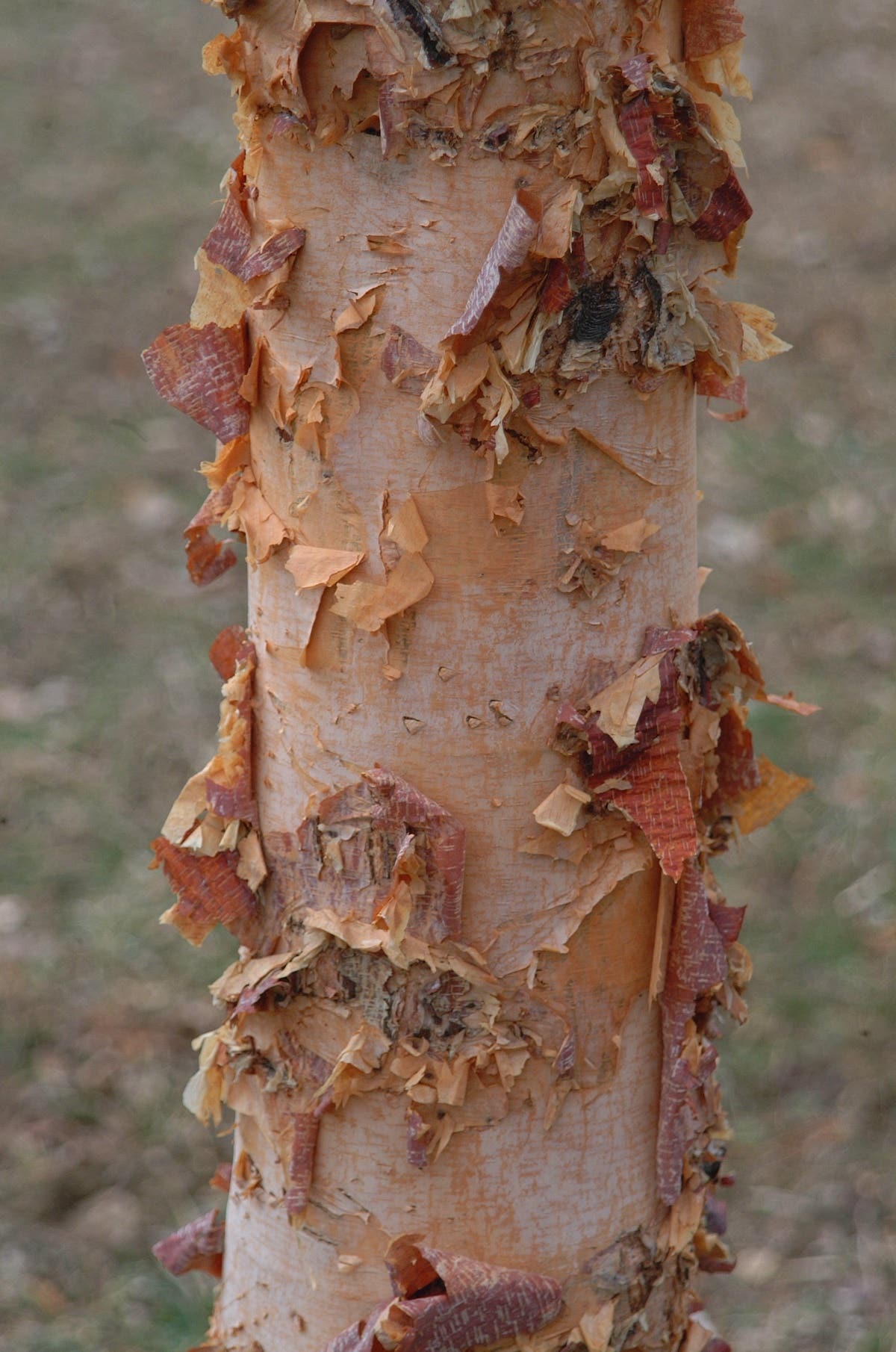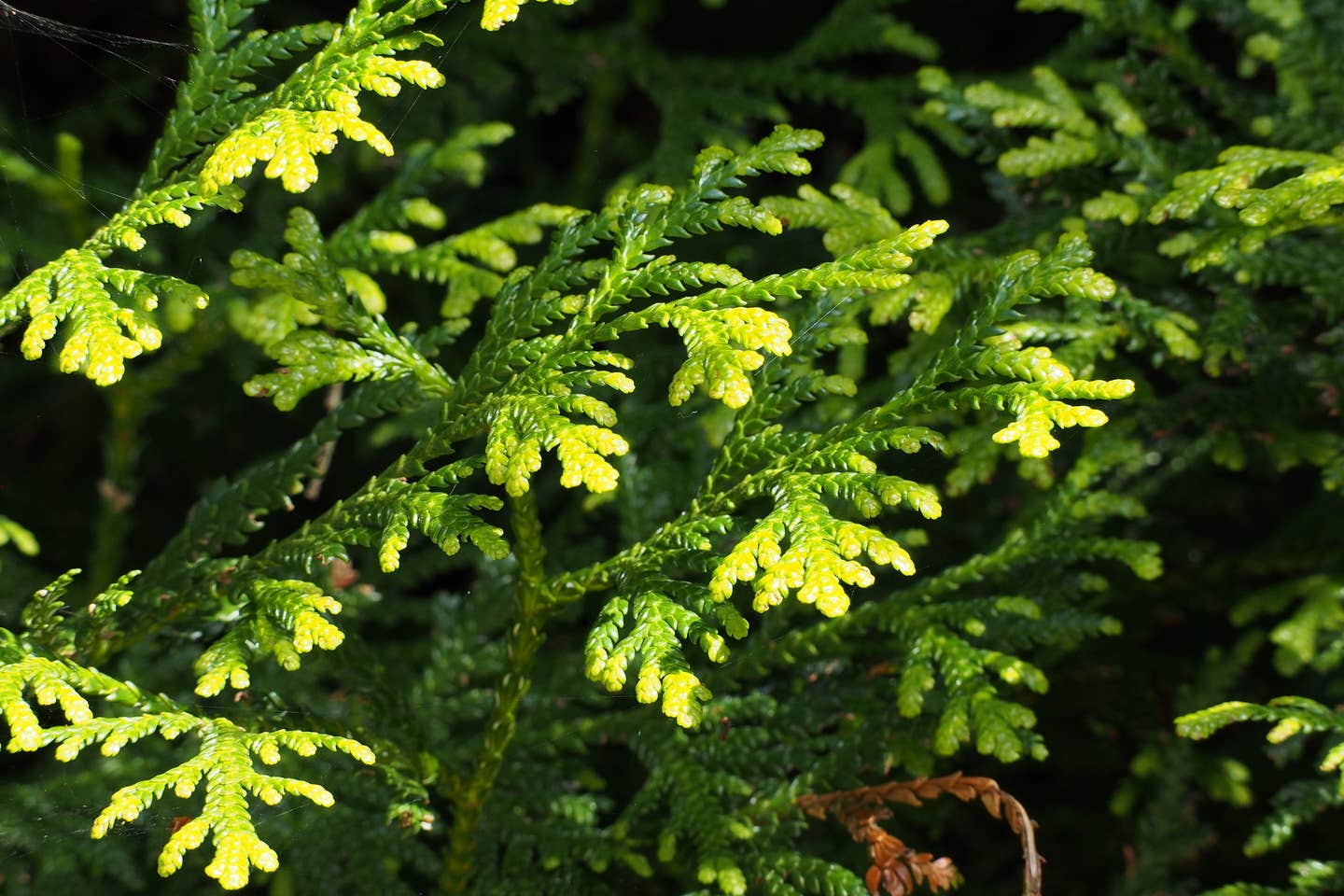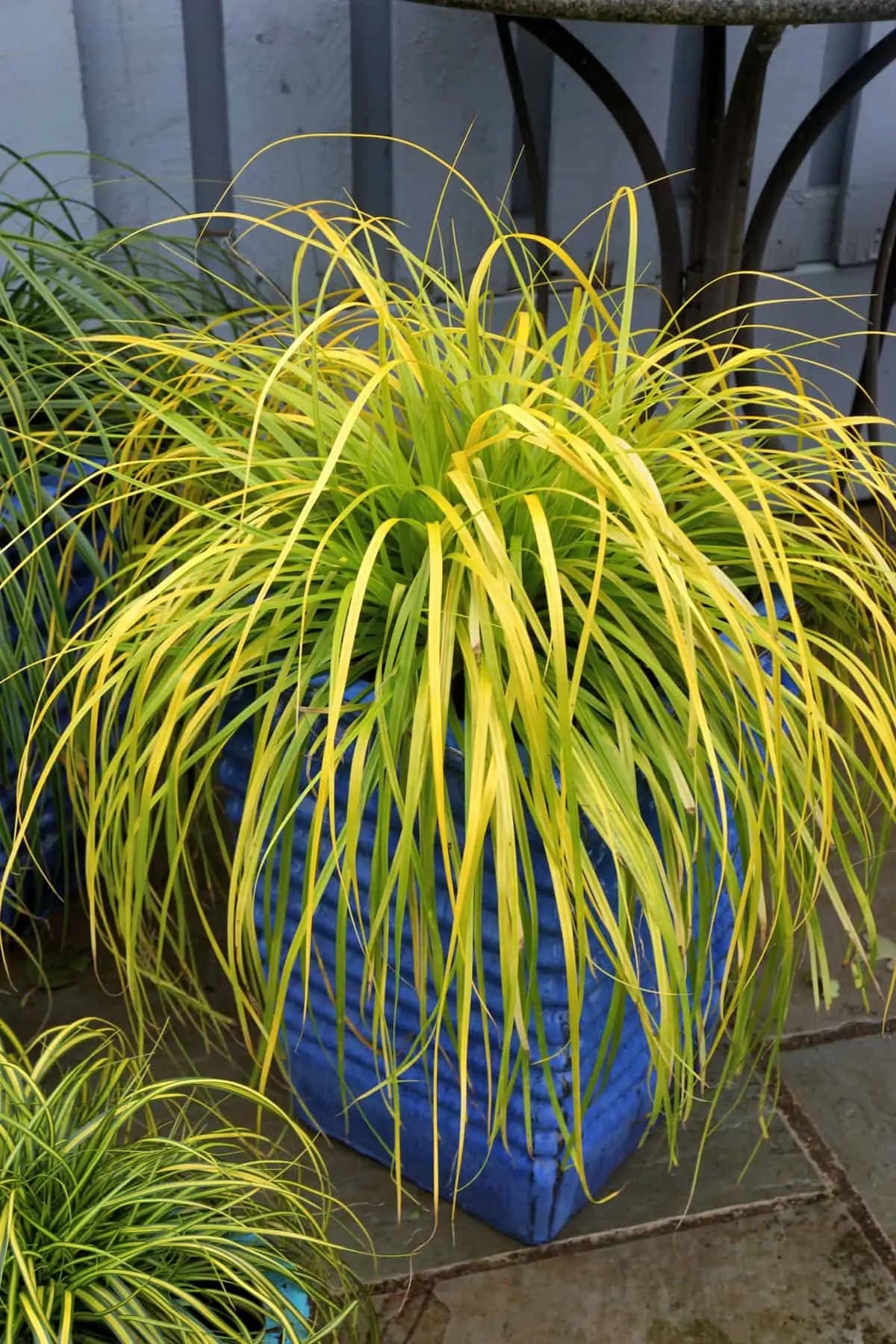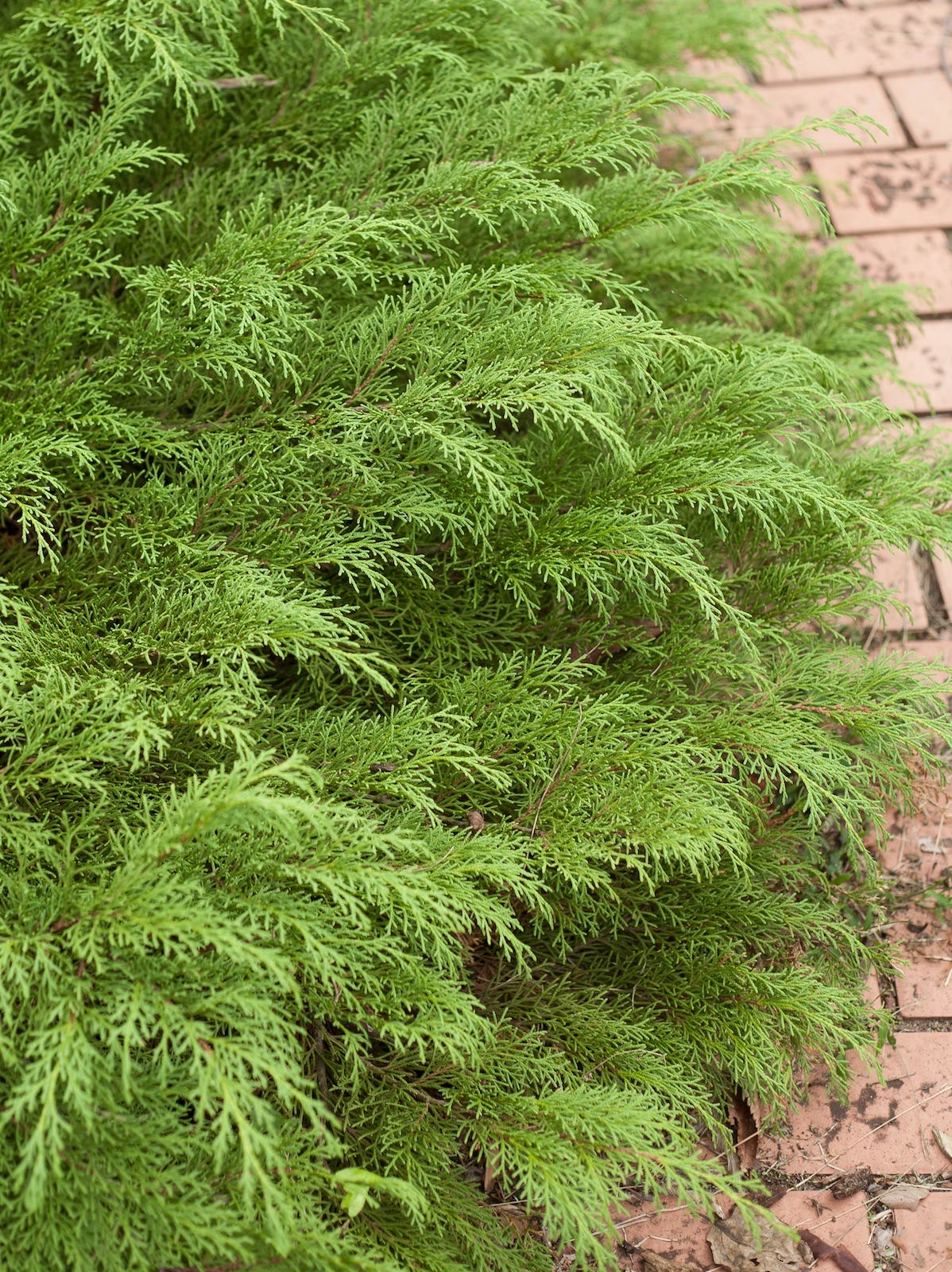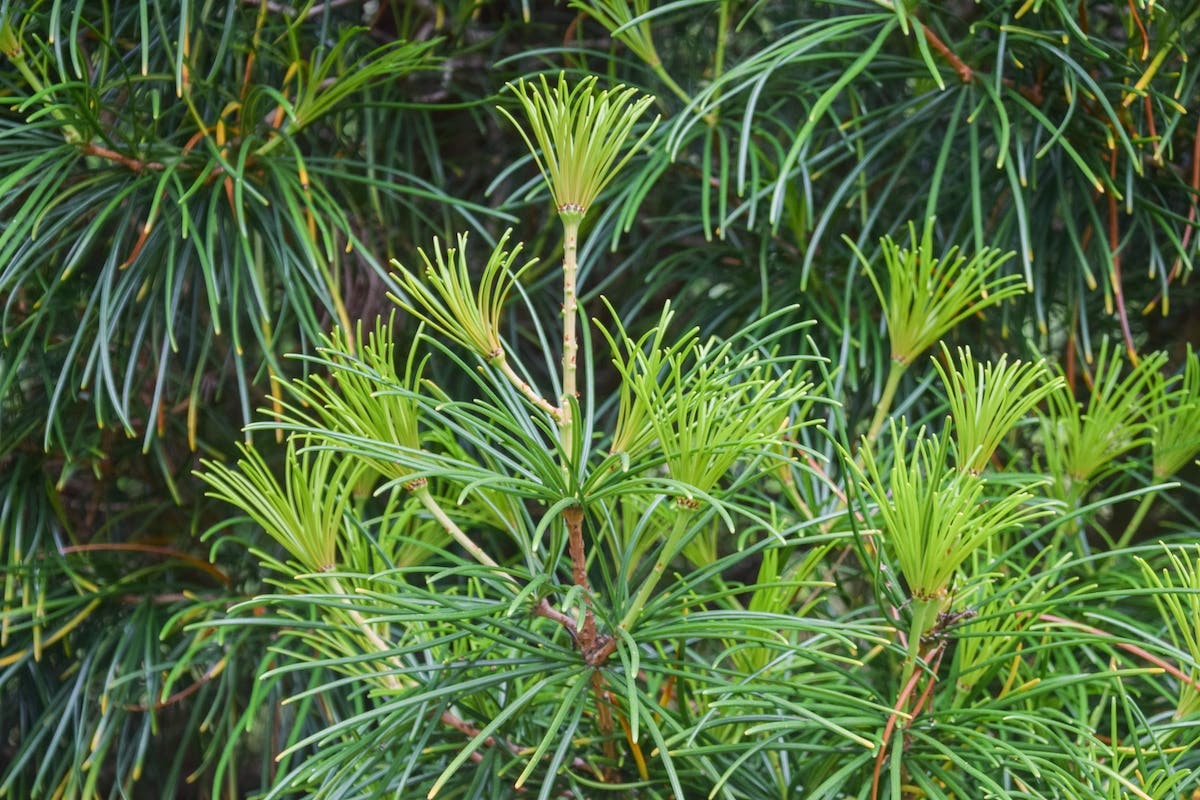Magnificent Mahonias
FLOWERING BROAD-LEAVED evergreen shrubs are unexcelled for providing all-season interest. Rhododendrons, pieris, camellias, laurustinus, skimmias, aucubas, evergreen azaleas, and all the rest rightfully deserve all the coddling, pampering, and winter…
FLOWERING BROAD-LEAVED evergreen shrubs are unexcelled for providing all-season interest. Rhododendrons, pieris, camellias, laurustinus, skimmias, aucubas, evergreen azaleas, and all the rest rightfully deserve all the coddling, pampering, and winter protection they require in all but the mildest climates. But one genus in this highly prized category goes a giant step further: Mahonia. Sure, the year-around visual interest is there. All species exhibit handsome, leathery, pinnately compound, holly-like leaves, fragrant yellow flowers that bloom early (some in midwinter), and showy summer berries. But with forms ranging from treelike to groundcover, uses ranging from the visually sublime to the homey and practical, and native habitats ranging from mild and moist to exposed and dry, there's bound to be a mahonia for every garden.
All this variety is found in a mere handful of species. With a few exceptions, mahonias will tolerate a wide range of soils, climates, exposures, and conditions. Excluding the magnificent Asian species, whose hardiness is typical of most flowering broad-leaved evergreens (USDA Zones 7–8), mahonias are cold hardy to about — 20°F. And they're sun tolerant in all but the hottest climates.
They're also fuss free: no deadheading, no special soil preparations, no spraying, no pruning, no regular watering or fertilizing necessary once they're established. Even snow isn't a problem. Like true hollies, mahonias” spiny leaves tend to deflect snowflakes, thus preventing heavy buildups that can cause breakage. If a stem does get broken through accidental mishap, it can simply be pruned to a side branch or even to the ground. All mahonias sprout from old wood and are fast growing, so even old specimens rejuvenate easily.
THE PACIFIC NORTHWEST NATIVES
I come by my bias toward mahonias honestly. My husband and I, having lived in the Pacific Northwest for a combined total of 104 years (and gardened there for nearly as long), can't imagine gardening without them. And no wonder. Of the handful of mahonia species that have transcended their provincial origins to become popular in gardens around the world, three are native to the Pacific Northwest.
The first and most important of these is Oregon grape (M. aquifolium), sometimes called Oregon holly grape in acknowledgment of its glossy, dark green spiny leaflets. This tall (to six feet or more), slowly suckering shrub is common in river valleys, coastal areas, and open woodland west of the Cascades, and is the state flower of (where else?) Oregon. The givens of Oregon grape (besides the foliage) are upright woody stems, clustered yellow flowers from March to May, and grapelike clusters of blue-black edible berries in July and August.
Plants in the wild exhibit a striking degree of variation: they may be three feet tall and spreading in exposed or drier areas, or eight feet tall and almost vinelike in moist, shaded woodland. Likewise, the winter foliage may turn dark purplish brown, or reddish purple, or remain green with the odd leaf of fire-engine red. New growth may be bronze, pink, orange, or purple-red. As you might expect, at least half a dozen named cultivars exist, each with its own appeal.
Mahonia nervosa is even more widespread in the wild. There's nothing at all nervous about this good-looking, low-growing groundcover (“nervose” actually means prominently veined) that spreads by means of underground runners. In fact, you'd be hard pressed to find any wooded area between British Columbia and California where this species did not colonize some portion of the forest floor. Sometimes known as low Oregon grape, this species is better described by its other common name, longleaf mahonia. Its leaves may be up to 18 inches long, which in many cases is more than the plant's height. The neatly paired, notched (rather than spined) leaflets are not glossy like those of tall Oregon grape, but are more likely to turn color in winter—purple, orange, brownish, or bright clear red. The spring-blooming flowers are held in long racemes, and the berries that follow are decorative, abundant, and edible.
Although M. nervosa was introduced to garden cultivation in 1822—one year before M. aquifolium—it has a narrower range of adaptability, and so is not nearly as widely planted as its taller cousin. Partial shade, acid soil, spring moisture, and a humusy soil texture are all necessary, although plants will tolerate full sun in cool-summer climates. Summer drought is easily handled in semishaded sites.
The other Pacific Northwest native is more commonly found on the eastern, drier side of the Cascades. Mahonia repens, or creeping mahonia, is rapidly becoming popular as a tough and versatile low shrub for massed plantings, low-maintenance groundcover in sun or shade, and evergreen understory where dry shade is a problem. This species closely resembles M. aquifolium but on a more reduced scale: shorter height (two to three feet), fewer and shallower leaflet spines, smaller flower clusters, and less abundant (but just as edible) fruit. It does sucker much more freely, eventually making dense patches, but is never invasive, since unwanted shoots are easily removed.
LIVING ARCHITECTURE: THE ASIAN MAHONIAS
Half a world away from the Pacific Northwest are the Asian mahonias. Although the family resemblance to their western counterparts is unmistakable, the main appeal of these less cold-hardy shrubs is their architectural structure and foliage. Mahonia japonica and M. lomariifolia, both natives of China, are the most widely grown, along with their hybrid, M. xmedia. All three are large, many-stemmed plants that can easily reach the size of small trees, and all bear majestic leaves, which, in the case of M. lomariifolia, may be two feet long and bear as many as 23 pairs of neatly symmetrical spiny leaflets.
The winter-blooming, fragrant yellow flowers of the Asian species are held in footlong, usually lax racemes that open from the base outward over many weeks. The large blue berries that follow are unusually decorative, being held in long, prominent sprays. But even without flowers or berries, their satiny foliage would stand out in any garden. In M. japonica ‘Hivernant’, some leaves turn yellow, orange or red, especially in fall and winter. Mahonia xmedia cultivars display dark, shiny, blue-green foliage all winter. Even the huge, shrimp-colored leaf buds of these species are noteworthy, resembling large, exotic beetles.
CARING FOR MAHONIAS
Mahonias need little or no attention beyond the occasional removal of an overly tall or gangly old stem. However, a top-dressing of compost every few years will keep both plants and soil in good condition. A generous planting hole containing bone meal and back-filled with soil enriched with rotted manure or compost will get new plants off to a healthy start. On sandy soils, plants will appreciate a drink or two during very dry weather.
Insects of any kind are rarely a problem, although a few leaves may be notched by vine weevils if these pests are present in large numbers. Diseases are similarly rare. In humid climates, leaves may show a physiological spotting by winter's end, but these will soon be replaced by fresh growth.
The only conceivable downside to mahonias is that if your area experiences wet Augusts, you may end up with more seedlings of M. aquifolium than you bargained for. August is usually bone dry in our garden, but after one freakish rainy summer, we found thousands of seedlings the following spring. The solution? Harvest the berries and make jelly before they become overripe and fall to the ground.


